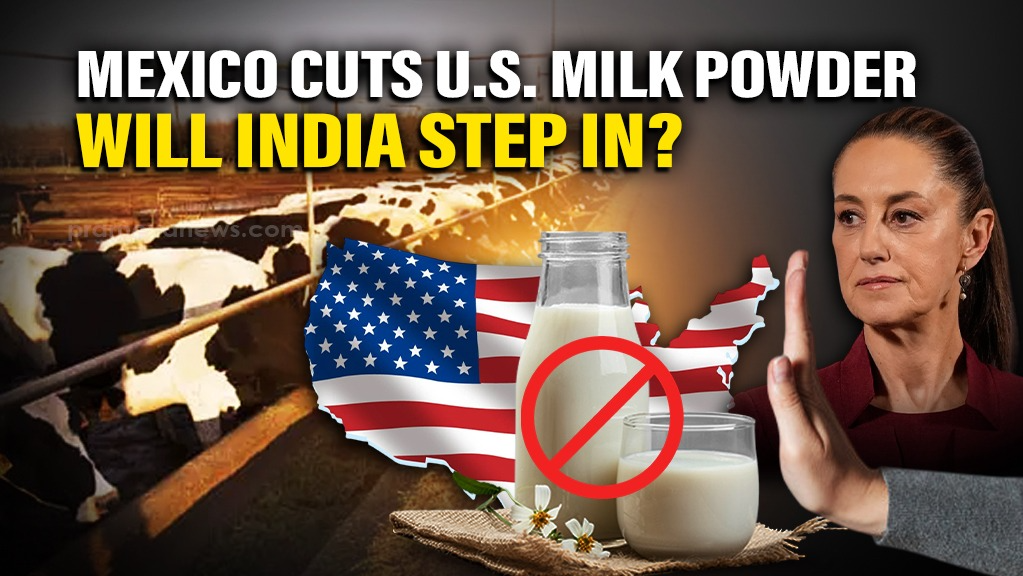

In a strategic move with significant implications for North American trade, Mexico has announced a comprehensive plan to drastically reduce its reliance on milk powder imports from the United States. The policy centers on boosting domestic production and building a national milk powder facility, signaling a decisive shift towards food sovereignty and economic resilience amid escalating global trade uncertainties.
This ambitious initiative, spearheaded by Mexico's Ministry of Agriculture and Rural Development (SADER), is a direct response to the nation's long-standing dependence on foreign dairy supplies. The government aims to insulate its food system from external policy shifts, such as potential new U.S. tariffs, while simultaneously empowering its own agricultural sector. The core of the strategy is to support the 97% of Mexican dairy producers who are smallholders, ensuring they receive fair prices and have a stable market for their raw milk.
To achieve this, the Mexican government has outlined a multi-pronged approach with substantial financial backing. Key components of the plan include:
This policy shift is poised to fundamentally alter the dynamics of the U.S.-Mexico dairy trade relationship. While the United States has long been Mexico's primary supplier, this move will compel American producers to seek alternative markets and could create a significant opening for other global dairy powerhouses.
This is where India, the world's largest milk producer, enters the picture. Accounting for over 24% of global production, India possesses the scale to potentially fill the supply gap left by the U.S. However, experts caution that India's role as an exporter is complex and often situational.
According to dairy analyst Vipan Kakkar, India's dairy exports, particularly for Skim Milk Powder (SMP), are best described as "opportunistic." In a typical year, the country produces a surplus of SMP, but this can fluctuate based on domestic demand and production conditions. While a large surplus of over 300,000 tons has been available in recent years due to favorable conditions, this is not always guaranteed.
Despite this, Kakkar notes a silver lining in India's recent export performance. The country achieved remarkable success in exporting butter and milk fat in 2024, shipping 55,000 tons at competitive international prices. This success helped liquidate stocks and ease financial pressure on domestic processors.
Therefore, while Mexico's move away from U.S. imports presents a clear opportunity, India's ability to consistently capitalise on it will depend on maintaining a significant production surplus and competitive pricing in the global market. Mexico's pursuit of self-sufficiency is a long-term project, but its immediate disruption of established trade flows creates a window for new partnerships to form.